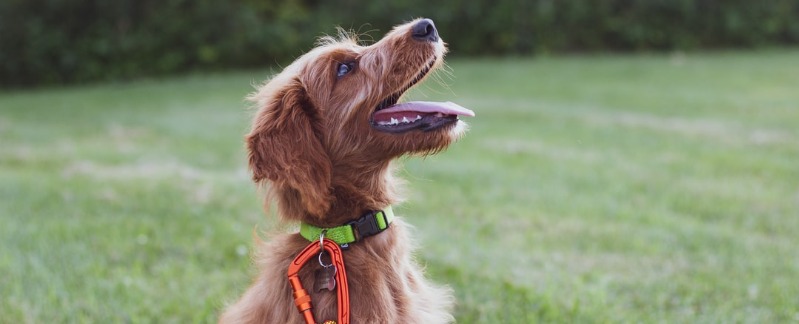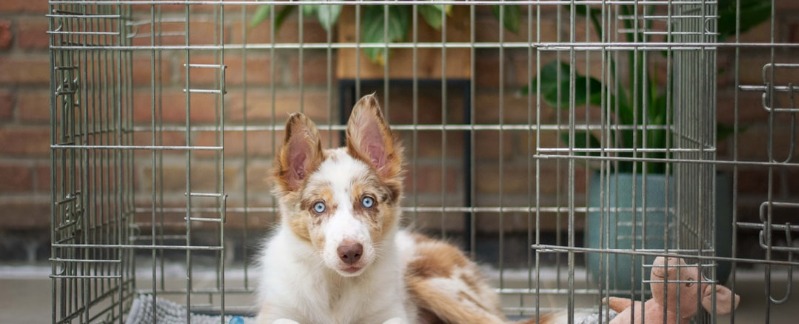Consistency
Contents
In training, lack of consistency will come back to bite you in several ways. Inconsistency in commands causes confusion, like if you try to make one command have several meanings. For example, don’t try to have the word “Down” mean lie down, get off the couch, and get off you. How is your dog supposed to know what you mean if you’re not clear? In contrast, one meaning shouldn’t have several commands, like “sit” one time and “siddown” another. Make things as easy for your dog to figure out by saying what you mean. You may have seen some dogs appear almost hyperactive in their response to commands, throwing several behaviors out in a row, hoping to find the right one. These dogs are usually loaded with stress and confusion about what their owners actually want.
Clear Expectations
Consistent expectations, both in your general idea of how your dog should behave and in how he responds to commands, are also important. If you’re not sure how he’s supposed to behave, how is he going to figure it out? If you just react to what he does, rather than letting him know right from the beginning what’s okay and what’s not, you are always a little behind. Know what you expect from him when you give a command, and be consistent in making sure it happens until it’s his habit to respond reliably. For example, if you expect him to respond to a single, quiet “sit” command, then that’s what you enforce from the beginning. Mean what you say.
Predictable Consequences
On the matter of enforcement, be consistent in the consequences he receives for behaviors you like and the ones you don’t. Your dog should always know when he’s right even if it’s just a smile and a hearty “Good boy!” When he does make a mistake — and he will — something has to happen to correct the error and reduce the chance that it will happen again in the future. It might be simply turning and walking away from the dog if he’s not paying attention on leash, or a blast from a squirt gun as he’s moving in on the plate of nachos on the coffee table. When he consistently gets predictable consequences for his behavior, deciding between right and wrong is easy.
Repetition
Repetition will come into play in your training program in several different ways as well.
Practice Makes Perfect
Repetition implies practice. Just like getting to Carnegie Hall, your dog needs practice, and lots of it, to become well trained. Particularly when modifying unwanted behaviors, you have to make sure your dog is practicing her replacement behavior (sit instead of jump, for instance) regularly for her to form a new, more acceptable habit. If she doesn’t get to practice, the behavior you want won’t be there when you need it. Chapters 9 through 16 give suggestions for how many repetitions to do, but five repetitions per session is a reasonable number to aim for.
Generalization
Your dog will need lots of repetition of each exercise in different situations before she truly understands the command. Dogs are very context specific. For example, if you train the sit-stay in your kitchen every day, she’ll be very good at the sit-stay… in your kitchen. It is likely that she’ll have no idea that the sit-stay she does in the kitchen has anything to do with what you’re asking her to do when you’re trying to write your check at the vet’s office — until you teach her. To help her generalize a command, or understand that sit-stay means sit-stay, wherever you happen to be, you’ll have to work on it in different environments until she shows you she understands it by responding reliably. You will find out how to help your dog generalize and become reliable at the end of this chapter.





